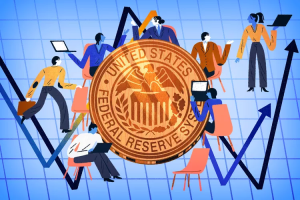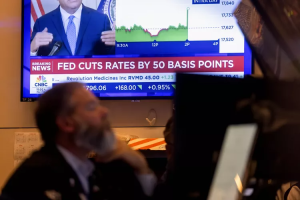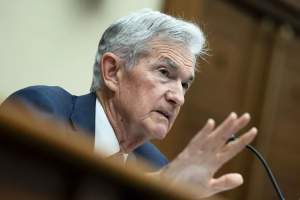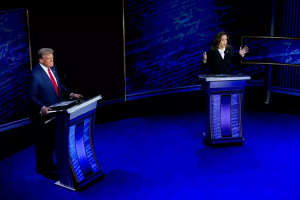
At the same time, inflation has fallen from its highest level in over 40 years to near pre-pandemic levels. The cost of living, as measured by the consumer price index, was up 7.1% over the year in June 2022 as measured by Personal Consumption Expenditures, the Fed’s preferred standard.3 Since then, it’s fallen to 2.5%. Inflation could fall to the Fed’s goal of a 2% annual rate as soon as September, according to a forecast by Oxford Economics.
The high interest rates were meant to subdue inflation by discouraging borrowing and spending and allowing supply and demand to rebalance. However, they’ve also dragged on the economy and hurt the labor market. With business loans costlier, and consumers less able to borrow, employers have curtailed hiring.
Labor Market Cooling in Focus as Inflation Falls
The unemployment rate has ticked up this year fast enough to set off a historically reliable warning that a recession is imminent, although the overall rate isn’t yet high by historical standards.
The Fed is mandated by Congress to keep both unemployment and inflation at low levels. Its primary tool for doing so is the fed funds rate, which sets the costs that banks pay to borrow money, with far-reaching ripple effects through the financial system.
Fed Chair Jerome Powell and other officials have acknowledged in recent months the progress that’s been made in taming inflation, while expressing increasing concerns about the weakening of the labor market.
The fact that inflation has fallen back nearly to normal levels without a crash in the labor market is a historical rarity. In previous episodes where the Fed has raised interest rates sharply to subdue inflation, recessions and mass unemployment have followed.
The central bank’s success this time around validates the Fed’s policy of inflation targeting, which has been the subject of debate among economists, Allianz’s Darmet said. The Fed’s insistence that it would get inflation down to 2% has become a self-fulfilling prophecy because people believe it, and make financial decisions accordingly. For example, if people believe inflation will be high, they might rush to make major purchases before prices go up, which in turn could boost demand and allow merchants to raise prices faster. But if they believe inflation is going to be low, they might not be in such a hurry.
“If people believe they’re very serious about 2%, you get the 2% inflation at the end,” Darmet said.
Correction, Sept. 16, 2024: A previous version of this article misspelled economist Maxime Darmet’s name.




